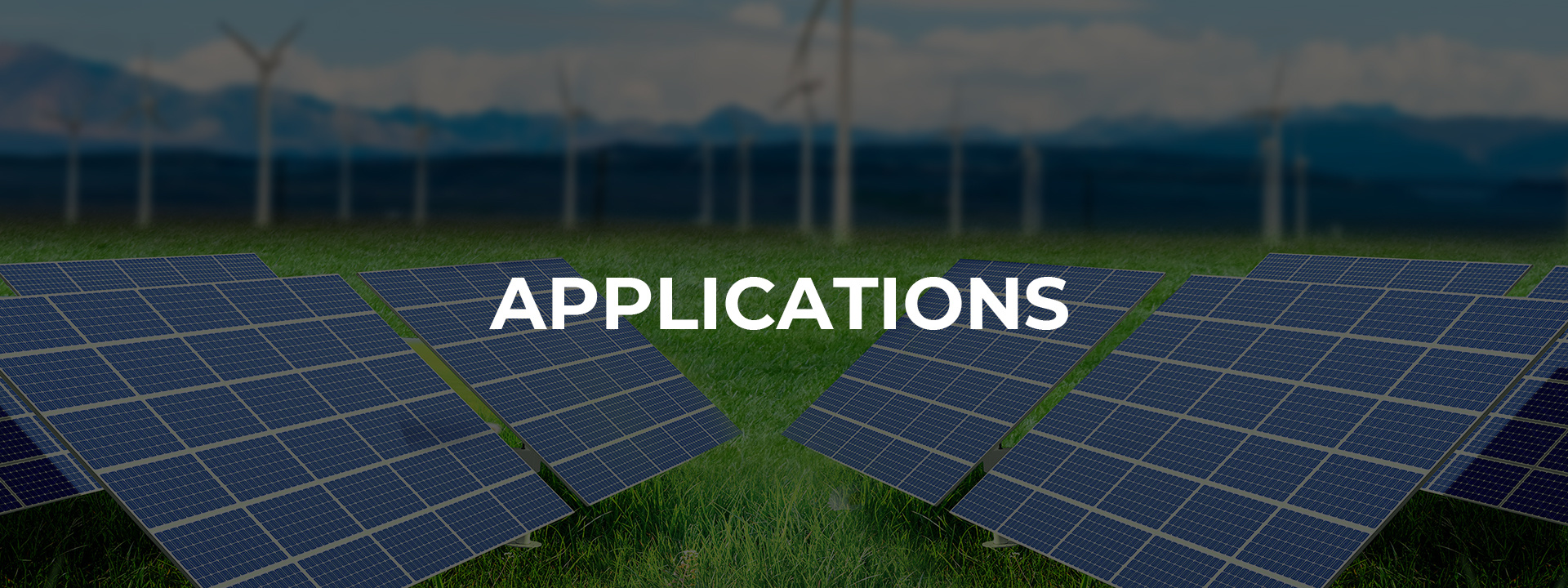Solutions for Photovoltaic(PV) Power Generation
Solar Photovoltaic (PV) trackers are devices that adjust the orientation of solar panels toward the sun to increase their efficiency and maximize the electricity generated. By following the sun's path across the sky, solar trackers can significantly boost the energy output of PV installations compared to fixed-tilt solar systems. Here are more detailed examples and types of solar PV trackers:
1. Single-Axis Trackers
Single-axis trackers rotate on one axis, moving back and forth in a single direction. They are simpler and less expensive than dual-axis trackers and are typically aligned along a north-south path to follow the sun's movement from east to west during the day. Examples include:
- Horizontal Single-Axis Trackers (HSAT): These are most common in large-scale ground-mounted solar farms. They have axes parallel to the ground and are an effective solution in regions closer to the equator.
- Tilted Single-Axis Trackers (TSAT): Similar to HSAT but tilted at a fixed angle, these trackers are optimized for higher latitudes where the sun's path is significantly inclined.
2. Dual-Axis Trackers
Dual-axis trackers can move in two different directions, allowing them to follow the sun's path more accurately throughout the day and across seasons. They adjust both east-west and north-south, offering the highest possible energy output. Examples include:
- Azimuth-Altitude Dual-Axis Trackers: This type rotates on both a vertical and a horizontal axis. It's highly effective in capturing solar energy as it can maintain the optimal angle directly facing the sun at all times.
- Tip-Tilt Dual-Axis Trackers: These trackers pivot on two axes that intersect the ground at a single point, making them suitable for smaller installations, such as residential solar systems.
3. Vertical Single-Axis Trackers (VSAT)
Unlike HSAT, vertical single-axis trackers have a vertical rotation axis, making them well-suited for higher latitudes and areas with significant snowfall. They can capture more sunlight during mornings and evenings when the sun is low in the sky.
4. Polar-Aligned Single-Axis Trackers
These trackers are aligned on an axis that is tilted from the horizontal to match the Earth's tilt. They are particularly efficient in capturing solar energy in areas far from the equator, as they can better follow the solar arc throughout the year.
5. Seasonally Adjusted Trackers
While not fully automated like the other types, seasonally adjusted trackers allow manual adjustments several times a year to optimize the tilt angle for seasonal variations in the sun's path. They strike a balance between the simplicity of fixed systems and the efficiency of tracking systems.
Application Considerations
- Geographic Location: The efficiency gain from using trackers varies by geographic location, with the greatest benefits seen in regions with high direct sunlight.
- Cost vs. Output: While trackers can significantly increase output, they also come with higher initial costs and maintenance requirements. The decision to use trackers often involves a cost-benefit analysis based on expected output increases and the payback period.
- Land Use: Trackers generally require more space than fixed systems to avoid shading between rows of panels. This must be considered when planning large-scale solar installations.
Solar PV trackers represent a valuable technology for maximizing the efficiency of solar panels by optimizing their orientation in relation to the sun. From single-axis to sophisticated dual-axis systems, the choice of tracker depends on specific project needs, budget constraints, and geographic considerations. As solar technology advances, the use of trackers continues to play a crucial role in enhancing the viability and performance of solar energy projects worldwide.
Related news


